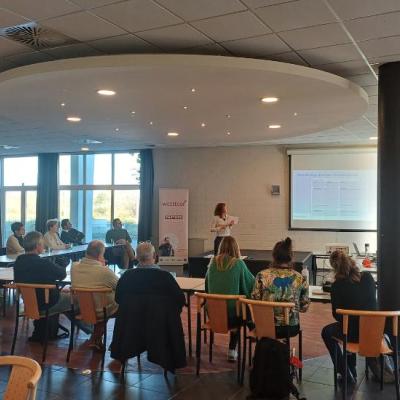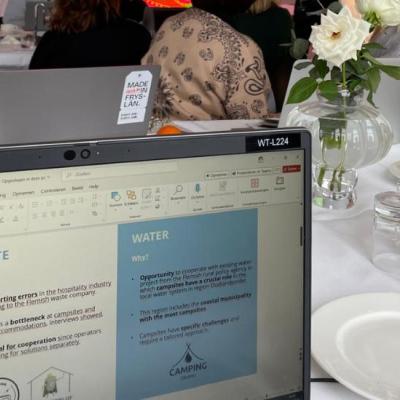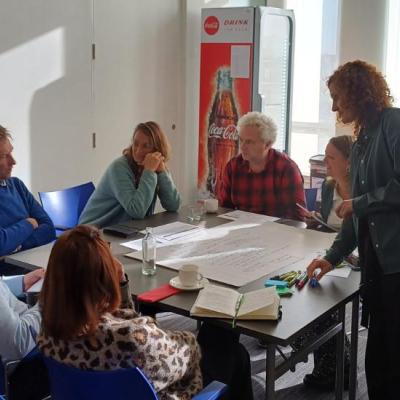What does change look like in practice? Westtoer shares how real-world insights, bold conversations and a clear strategy are helping turn sustainability ambitions into concrete action.
Real change doesn’t start with a plan. It starts with people working together.
Rethinking how tourism can be made future-proof
How can a tourism organisation like Westtoer help make the industry more sustainable and resilient? Within the European project 3ST (Speeding up Sustainability Skills in Tourism), collaboration is seen as the key. This cross-border partnership unites tourism bodies, governments, and businesses from six North Sea countries, with a shared focus: strengthening cooperation, sharing both successes and setbacks, and encouraging sustainable entrepreneurship.
Theory of Change as a strategic tool
For Westtoer, the Theory of Change serves as a practical and strategic framework. It helps structure goals, reflect on assumptions, and make progress measurable. The method is particularly valuable when tackling complex transitions—like the shift to sustainable tourism. Crucially, this process is never done in isolation: relevant stakeholders are actively involved throughout.
Conversations that shape the path forward
Westtoer started by speaking with a wide mix of actors—from long-time partners to new stakeholders like waste experts, water authorities and energy consultants. What began as exploration quickly grew into a shared learning process. These conversations revealed crucial insights:
- Visitor behaviour makes or breaks innovation. Even the best technology fails if not used properly. Investments only pay off when users are engaged.
- Assumptions were challenged. Sorting instructions weren’t the main issue for hotels; they needed inspiring, real-world examples of circular practices.
- Tailored engagement matters. Some stakeholders, such as energy companies, showed little interest. Others, like coastal campsites, responded well—especially when Westtoer introduced ideas like the fictional “Camping Druppel” to spark interest in sustainable water use.
These exchanges didn’t just provide insight. They also positioned Westtoer as a proactive partner—someone to collaborate with, not just consult.
From exploration to co-creation
Westtoer moved from individual interviews to group workshops, involving organisations of all sizes, public bodies and local entrepreneurs. Together, they explored potential pilot projects that could serve as testing grounds for joint solutions. The sessions were energising: new contacts were made, and unexpected ideas emerged.
Key takeaways included:
- Shared learning works. Stakeholders learned from each other's struggles and approaches, leading to new collaborative directions.
- Reflection is powerful. Through deliberate reflection—recorded in a digital “reflection diary”—Westtoer continues to track learning and share insights with international partners.
Where collaboration meets action
Insights from the project are actively shared across teams and with international peers. The strength of 3ST lies in its cross-sector collaboration—bringing together policymakers, entrepreneurs and knowledge institutions. Westtoer’s experience so far confirms a growing belief: Real change doesn’t start with a plan. It starts with people working together.



